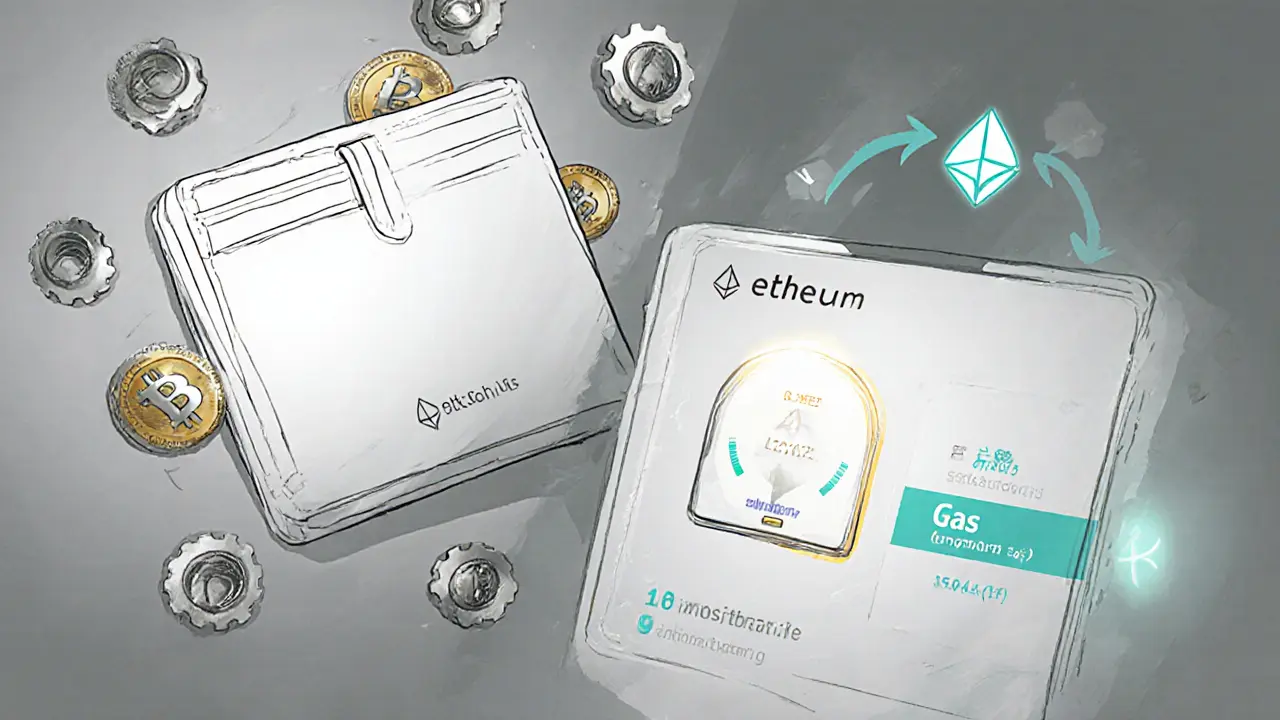Bitcoin transaction fee
When working with Bitcoin transaction fee, the amount of satoshis you pay to have a transaction included in a block. Also known as BTC fee, it influences how quickly your payment gets confirmed and how much you spend overall.
The fee depends on the block size, the total data capacity of a block measured in megabytes and the state of the mempool, the pool of unconfirmed transactions waiting for inclusion. Block size limits how many transactions can fit, so when the mempool is crowded, users compete by offering higher fees. This relationship creates a clear semantic triple: Bitcoin transaction fee increases when mempool congestion rises. Bitcoin transaction fee requires fee estimation tools, and miners prioritize transactions with higher fees.
Miners miners, participants who validate blocks and collect fees act as the market’s price setters. They scan the mempool, sort by fee rate (satoshis per byte), and pick the most lucrative set that fits within the block size limit. Because of this, a well‑timed fee estimate can shave minutes off confirmation time and save dollars on cost. Fee‑estimation services like Bitcoin Core’s estimatesmartfee or third‑party APIs use recent block data to predict the fee needed for a target confirmation window. That prediction is a bridge between the technical parameters (block size, mempool) and user decisions (how much to pay).
How fees are calculated and why they matter
To calculate a fee, subtract the transaction’s output value from its input value. The difference is the fee you pay. However, raw numbers don’t tell the whole story. The fee rate—fee divided by transaction size in bytes—determines priority. A 250‑byte transaction paying 500 satoshis has a rate of 2 sat/byte, while a 500‑byte transaction paying the same amount drops to 1 sat/byte, likely sitting longer in the mempool. This shows the semantic triple: Transaction size affects fee rate, which influences confirmation speed.
When the network is quiet, low‑fee transactions can confirm within an hour. During spikes—like a price rally or a popular airdrop—the mempool fills up, and average fee rates can jump from a few sat/byte to dozens. Users who ignore fee dynamics may see their payments sit for days, an especially painful experience for merchants or time‑sensitive swaps. Understanding the link between mempool pressure and fee spikes helps you decide whether to use a higher fee now or wait for congestion to ease.
Several tools help you stay ahead. Websites display real‑time mempool size, average fee rates, and suggested fees for 1‑, 3‑, and 6‑block targets. Wallets often embed these suggestions, letting you choose a “fast,” “average,” or “economy” option with a single tap. The key is to match the fee to your urgency, not to overpay out of habit.
Beyond the main chain, solutions like the Lightning Network sidestep high on‑chain fees by moving transactions off‑chain and settling only the net result on the Bitcoin blockchain. For frequent micro‑payments, Lightning can reduce fees to fractions of a cent, effectively removing the fee‑size trade‑off for everyday use. This adds another entity to the conversation: Lightning Network, a layer‑2 protocol that enables fast, low‑cost Bitcoin payments. It demonstrates that Bitcoin transaction fee can be mitigated through layer‑2 solutions.
In practice, you’ll encounter a mix of fee‑related topics across the articles below: from fee‑estimation guides and mempool analysis to comparisons of how different wallets handle fee selection. Whether you’re a casual user sending a few dollars or a trader moving large sums, grasping these fundamentals will let you control costs and avoid delays. Ready to explore the deeper details? Dive into the curated posts that break down fee mechanics, tools, and strategies for every skill level.
Gas Fees vs Transaction Fees: Understanding the Core Differences
Learn the key differences between gas fees and transaction fees, how each is calculated, tips to lower costs, and what future blockchain upgrades mean for users.
VIEW MORE
